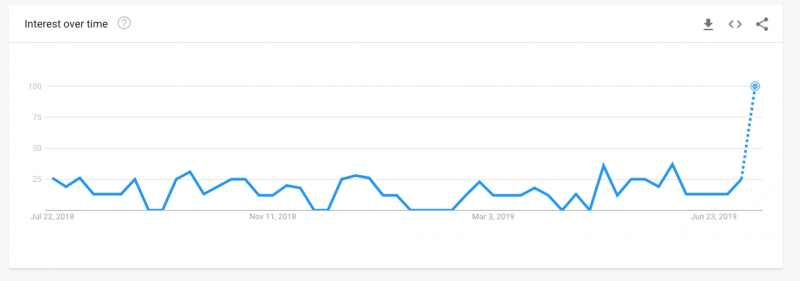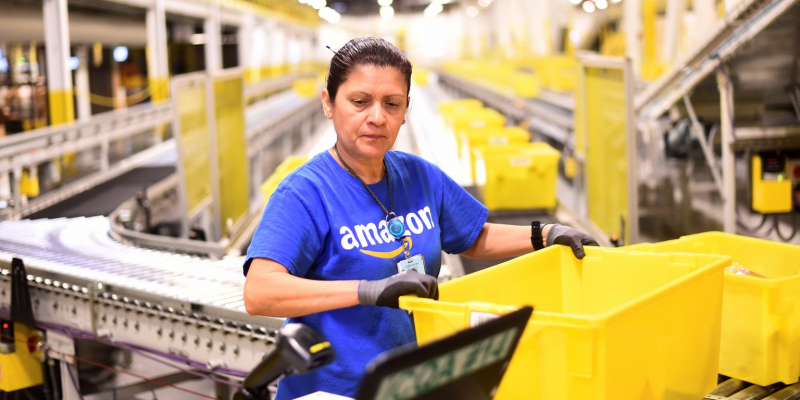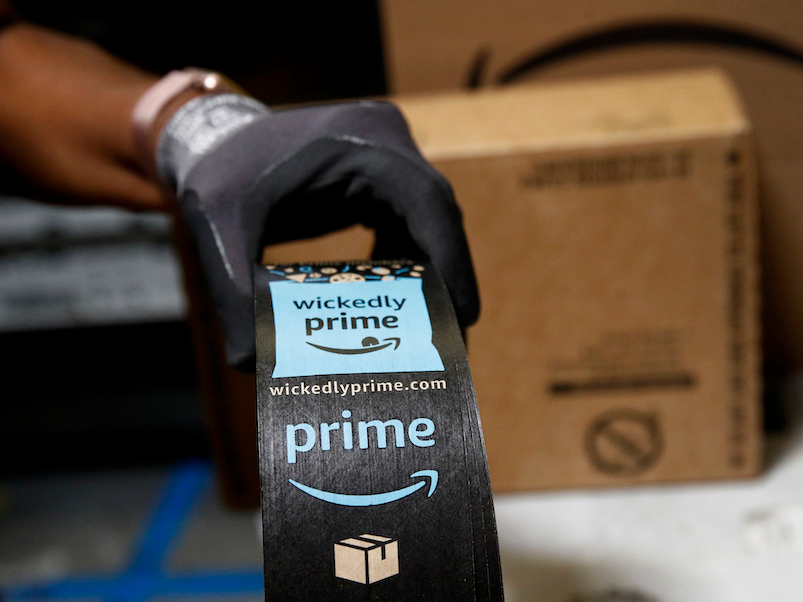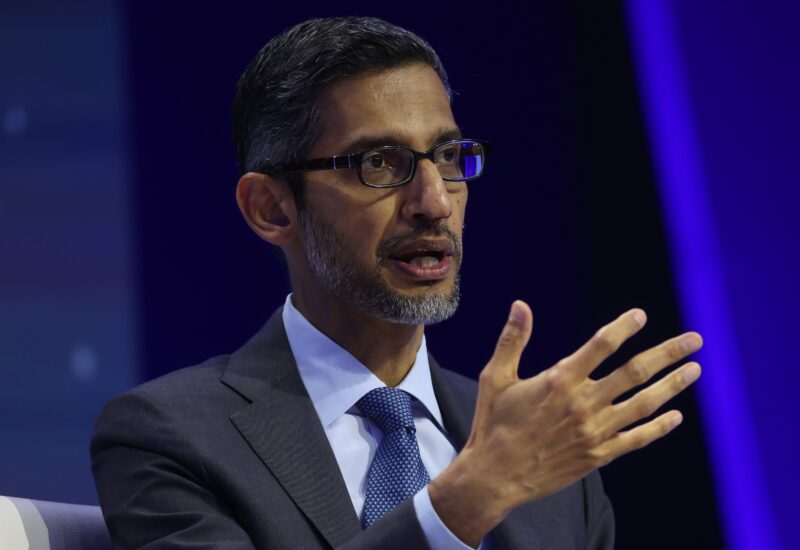- Amazon’s annual Prime Day is designed to boost revenues and keep existing Prime members loyal as shoppers splurge on deals. It’s also a way to recruit new members.
- But data from search intelligence firm Captify indicates that people were signing up for Amazon Prime to browse the deals, and then canceling it immediately afterwards.
- It reveals a potential flaw in Amazon’s Prime Day sales bonanza.
- Visit BusinessInsider.com for more stories.
Amazon’s two-day shopping bonanza is over and some of its newest Prime members have already walked away.
Data from search intelligence company Captify – released midway through the first day of Amazon sales on Monday – indicated that some shoppers were signing up for an Amazon Prime membership and then canceling the membership once they had browsed the bargains.
According to Captify, searches for “Canceling Amazon Prime” were 18 times higher on Monday versus the day before. Data on Google Trends also backs this up.

Amazon offers customers the chance to sign up for a trial Prime membership for 30 days. At the end of the 30 days, customers are automatically converted to a paid membership plan unless they cancel. Once you cancel, you are still eligible to use the membership perks for the rest of the 30 days, however.
Read more: Prime members spend way more on Amazon than other customers - and the difference is growing
"If Amazon is hoping to use Prime Day as a way to sign up and retain new Prime Members, they might need to rethink their retention plan," Captify wrote in an email to Business Insider. "According to search, consumers are signing up for Prime, getting their deals and then canceling membership shortly after."
It is not exactly a welcome trend for Amazon, as recruiting new Prime members is crucial to its business, especially as membership growth in the US slows.
These members are proven to be more loyal and spend more money on the site. Plus, the membership fees - $119 a year or $12.99 a month for a standard Prime account - help to boost Amazon's revenue.
A spokesperson for Amazon did not immediately respond to Business Insider's request for comment.
Customers boycotting Amazon over warehouse working conditions
These aren't the only shoppers who are thought to be canceling their memberships this week. Over the past few days, people have advocated boycotts of Amazon on Twitter in support of the workers who are on strike and protesting for better wages and working conditions.

It is not clear whether these boycotts had an impact on sales and whether these customers actually canceled their memberships.
In a previous statement to Business Insider, Amazon quashed any chatter around strikes in the US having a meaningful impact. The company said Monday that just 15 of its employees participated in a strike outside its warehouse in Shakopee, Minnesota.
"It was obvious to the 1,500-full-time workforce that an outside organization used Prime Day to raise its own visibility, conjured misinformation and a few associate voices to work in their favor, and relied on political rhetoric to fuel media attention," an Amazon spokeswoman said.
"The fact is that Amazon provides a safe, quality work environment in which associates are the heart and soul of the customer experience, and today's event shows that our associates know that to be true. We encourage anyone to come take a tour anytime."











